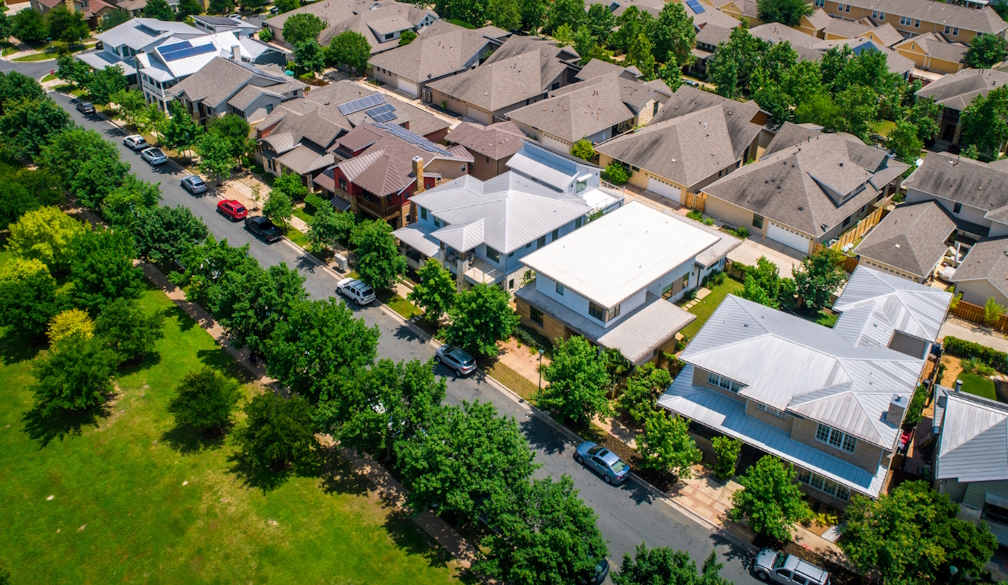Rate hike set to take heat out of housing market
- Written by CoreLogic Research Director, Tim Lawless

The decision to lift the cash rate by 25 basis points after four months of pauses is likely to disrupt confidence and take some further heat out of the housing market rebound.
The decision follows a higher than expected inflation outcome for the September quarter, where headline CPI rose from 0.8% in the June quarter to 1.2% over Q3. The RBA has previously warned it will ‘do what it takes’ to get inflation back into the target range; today’s rate hike is a clear sign the RBA is ready and willing to push interest rates higher if inflation is tracking above their narrow path back to the 2-3% target range.
Persistently tight labour market conditions as well as a pick up in the volume and value of retail spending were probably additional factors supporting a decision to lift rates, alongside concerns that higher housing prices could be contributing to a mild ‘wealth effect’ where home owners feel more willing to spend.
There is also the risk of inflation becoming entrenched; staying higher for longer due to the price of services continuing to rise and price shocks emanating from global conflicts, including the Israel-Gaza war.
The lift in rates combined with ongoing cost of living pressures and alarming geopolitical environment is likely to weigh on consumer sentiment, which is already in deeply pessimistic territory. Lower confidence could act as a drag on housing market activity, denting buyer demand at a time when advertised stock levels are rising across most regions. A rebalancing between buyer demand and advertised stock levels is likely to take some heat out of the housing upswing, which has already been losing some momentum, at least at a macro level, since the monthly rate of value growth peaked in May.
Another 25 basis points translates, roughly, to another $80 per month in mortgage repayments on a $500k loan on top of the $1,040 monthly increase already seen since rates started to rise in May last year. Higher interest rates also imply a further diminishing in borrowing capacity as lenders continue to assess borrowers using a three-percentage point serviceability buffer.
While growth in housing values is likely to slow further, it’s hard to see prices going backwards over the near term. A shortage in housing supply, record low vacancy rates and a lagged flow through to purchasing demand from record levels of overseas migration should help to keep some upwards pressure on home values.






